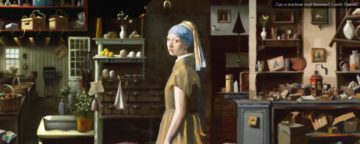 Justin E. H. Smith in Unherd:
Justin E. H. Smith in Unherd:
Among the most ingenious moments in Kraftwerk’s admirable oeuvre is the point in 1981’s “Pocket Calculator” when a human voice self-contentedly sings: “By pressing down a special key / It plays a little melody.” The melody follows in confirmation. The genius here seems to lie in the blunt honesty of the singer, owning up to the contemporary condition of music as an art form that has largely been outsourced to machines. It’s not that the German electronic band invented the technology, nor that they were the first to make use of it. They are simply among the first to figure out how to elevate it to self-awareness, and to press it into a gesture of timely irony and potentially timeless beauty; that is, to make art out of it.
The little melody in question is of course a pre-set. Its sequence of notes is planned in advance, and once the key is pressed, the machine may be relied upon to do only the thing it has been programmed to do. The melody, it goes without saying, is no Bach fugue. It is simple, naïve, kind of dumb; and within the context of the song, it is utterly compelling.
Several conditions — technological, cultural, historical — had to fall into place in order for this melodic interlude, with its verbal introduction, to come across to the critical listener as an expression of genius. All of these conditions might be cited in response to any philistine tempted to declare, of the pressing down of that special key, that “I could have done that too”. We are used to hearing such petulant ressentiment, especially in connection with the 20th-century avant-garde in the figurative arts: “I could have entered a urinal in an exhibition, too”; “I could have painted an all-white monochrome, too”; etc. The simplest response is, “Yes, but you didn’t”.
More here.

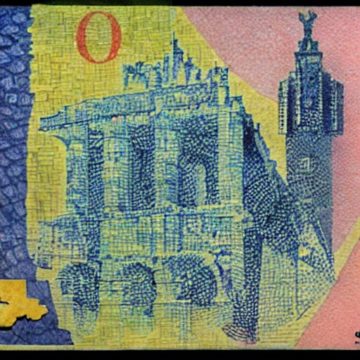 Jeremy Walton in Sidecar (image credit: Stable Diffusion):
Jeremy Walton in Sidecar (image credit: Stable Diffusion):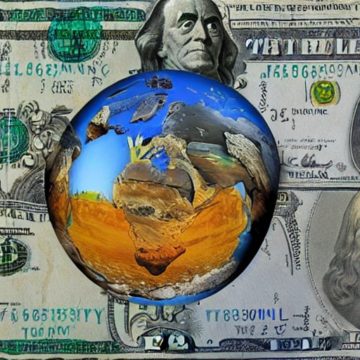 Daniel Driscoll in Phenomenal World’s Polycrisis (image credit: Stable Diffusion):
Daniel Driscoll in Phenomenal World’s Polycrisis (image credit: Stable Diffusion): T
T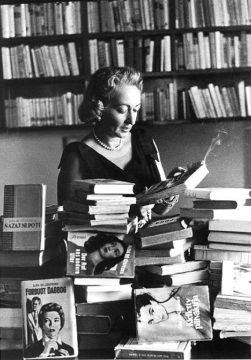 Rome, 1950: The diary begins innocently enough, with the name of its owner, Valeria Cossati, written in a neat script.
Rome, 1950: The diary begins innocently enough, with the name of its owner, Valeria Cossati, written in a neat script.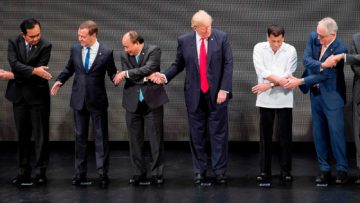 When British brain surgeon Henry Marsh sat down beside his patient’s bed following surgery, the bad news he was about to deliver stemmed from his own mistake. The man had a trapped nerve in his arm that required an operation – but after making a midline incision in his neck,
When British brain surgeon Henry Marsh sat down beside his patient’s bed following surgery, the bad news he was about to deliver stemmed from his own mistake. The man had a trapped nerve in his arm that required an operation – but after making a midline incision in his neck,  Animals that produce many offspring tend to have short lives, while less prolific species tend to live longer. Cockroaches lay hundreds of eggs while living less than a year. Mice have dozens of babies during their year or two of life. Humpback whales produce only one calf every two or three years and live for decades. The rule of thumb seems to reflect evolutionary strategies that channel nutritional resources either into reproducing quickly or into growing more robust for a long-term advantage.
Animals that produce many offspring tend to have short lives, while less prolific species tend to live longer. Cockroaches lay hundreds of eggs while living less than a year. Mice have dozens of babies during their year or two of life. Humpback whales produce only one calf every two or three years and live for decades. The rule of thumb seems to reflect evolutionary strategies that channel nutritional resources either into reproducing quickly or into growing more robust for a long-term advantage. A carefully administered and properly controlled dosage of a hallucinogen, their studies attest, can accomplish in a single, not-to-be-repeated session what years of psychotherapy and regimens of antidepressant medications often fail to achieve.
A carefully administered and properly controlled dosage of a hallucinogen, their studies attest, can accomplish in a single, not-to-be-repeated session what years of psychotherapy and regimens of antidepressant medications often fail to achieve.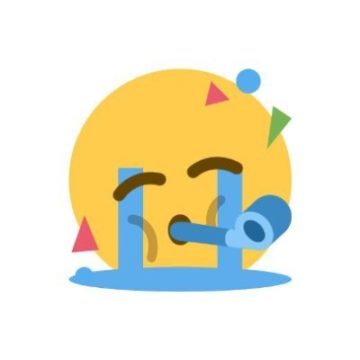 A boyfriend just going through the motions. A spouse worn into the rut of habit. A jetlagged traveler’s message of exhaustion-fraught longing. A suppressed kiss, unwelcome or badly timed. These were some of the interpretations that reverberated in my brain after I viewed a
A boyfriend just going through the motions. A spouse worn into the rut of habit. A jetlagged traveler’s message of exhaustion-fraught longing. A suppressed kiss, unwelcome or badly timed. These were some of the interpretations that reverberated in my brain after I viewed a 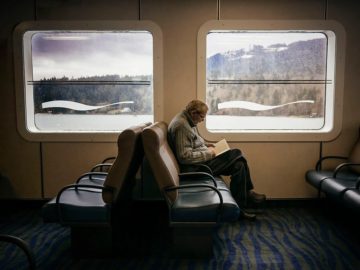 Forty years ago the literary theorist Peter Brooks made a name for himself by championing a then-unfashionable argument: we understand ourselves through stories. Narrative, he wrote in his landmark 1984 book Reading for the Plot, is “the principal ordering force” by which we make meaning out of our lives.
Forty years ago the literary theorist Peter Brooks made a name for himself by championing a then-unfashionable argument: we understand ourselves through stories. Narrative, he wrote in his landmark 1984 book Reading for the Plot, is “the principal ordering force” by which we make meaning out of our lives. New year, new variant. Just as scientists were getting to grips with the
New year, new variant. Just as scientists were getting to grips with the 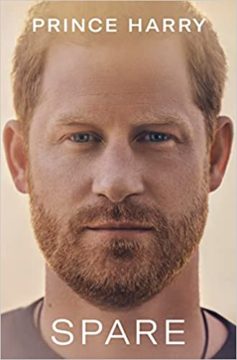 I was the
I was the  It was my daughter Clara’s seventh birthday party, a scene at once familiar and bizarre. The celebration was an American take on a classic script: a shared meal of pizza and picnic food, a few close COVID-compliant friends and family, a beaming kid blowing out candles on a heavily iced cake. With roughly 380,000 boys and girls around the world turning seven each day, it was a ritual no doubt repeated by many, the world’s most prolific primate singing “Happy Birthday” in an unbroken global chorus.
It was my daughter Clara’s seventh birthday party, a scene at once familiar and bizarre. The celebration was an American take on a classic script: a shared meal of pizza and picnic food, a few close COVID-compliant friends and family, a beaming kid blowing out candles on a heavily iced cake. With roughly 380,000 boys and girls around the world turning seven each day, it was a ritual no doubt repeated by many, the world’s most prolific primate singing “Happy Birthday” in an unbroken global chorus.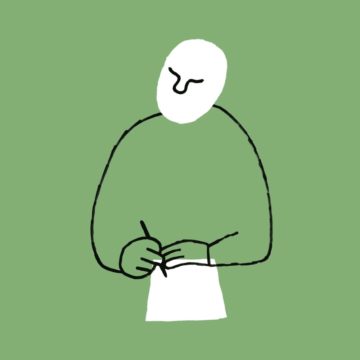 I was nineteen, maybe twenty, when I realized I was empty-headed. I was in a college English class, and we were in a sunny seminar room, discussing “For Whom the Bell Tolls,” or possibly “The Waves.” I raised my hand to say something and suddenly realized that I had no idea what I planned to say. For a moment, I panicked. Then the teacher called on me, I opened my mouth, and words emerged. Where had they come from? Evidently, I’d had a thought—that was why I’d raised my hand. But I hadn’t known what the thought would be until I spoke it. How weird was that?
I was nineteen, maybe twenty, when I realized I was empty-headed. I was in a college English class, and we were in a sunny seminar room, discussing “For Whom the Bell Tolls,” or possibly “The Waves.” I raised my hand to say something and suddenly realized that I had no idea what I planned to say. For a moment, I panicked. Then the teacher called on me, I opened my mouth, and words emerged. Where had they come from? Evidently, I’d had a thought—that was why I’d raised my hand. But I hadn’t known what the thought would be until I spoke it. How weird was that?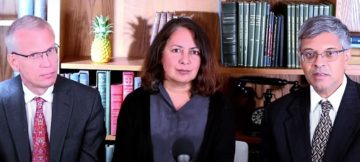 Last year I spoke to a long list of leading scientists and doctors for a piece I was reporting. Of all the things they shared with me, one quote stood out:
Last year I spoke to a long list of leading scientists and doctors for a piece I was reporting. Of all the things they shared with me, one quote stood out: